By now, everyone knows how much the pandemic has changed organizational structures and business management methods. A Project Management Institute (PMI) report published in Le Devoir shows that, since 2020, 68% of companies have begun their digital transformation, 64% have reviewed their business strategy, 61% have modified their organizational structure and 57% have implemented innovative methods.
Successful projects are based on the project management Golden Triangle, which is made up of three variables: scope, cost and time. However, the rapid pace of change and new hybrid work models are making projects more complex. Project management is no longer strictly technical, it must take into account all the different pressures and influences on the project. In this article, we describe 4 best practices to ensure the success of your projects.
1. Involving stakeholders
Getting stakeholders involved is key to project success, since even projects that are delivered on time and on budget don’t necessarily satisfy the client or end user’s needs. It’s important to take the time to listen to ideas, complaints, concerns, and feedback as these are an equally part of a project’s success. Not only does it prevent oversights related to project risks, but it also helps project leaders improve the project and adapt it to the complex and ever-changing environment. Engaging stakeholders and taking their needs into account significantly increases the project’s social acceptability and reduces the risk of failure.
2. Identifying change management needs
Gone are the days when projects were implemented without taking into account the integration and adaptation period, and stakeholder reactions to this change. Managers are now aware that project management is synonymous with change management. Every project, regardless of its size, disrupts the environment in which it is launched. As stakeholders adapt to the new situation, they will inevitably experience a range of emotions and reactions, including fear, frustration, resistance and denial.
To reduce the adaptation period, and the negative attitudes and emotions towards the project, managers must have a change management plan in place as early as the project’s design phase, to support stakeholders through the change process. The goal is to get end users up to speed faster and ensure widespread adoption in the shortest possible time. Efficient change management will involve additional costs, time and resources, so be sure to factor in this additional and essential investment during project planning. By omitting change management from your project, you’re putting the entire project at risk.
3. Developing a project risk management plan
Speaking of project risks, managing them is still an essential aspect of project management. Risk management is one part of PMBOK theory, from PMI’s well-known guide that includes the impact, probability and severity matrices, among other. But risk management is much more than that. As digital transformation, organizational restructuring and labour shortages become a fixture of the business environment, projects become more complex, the number of stakeholders increases, and they become more and more diverse.
More and more diverse stakeholders mean increased project risks, making stringent risk management more important than ever. Identifying risks and their magnitude, planning, and implementing mitigation strategies – these tasks are still extremely relevant. However, we must also continuously monitor and update these risks in order to keep pace with the constant changes brought about by this new context.
4. Showcasing your ability to lead diverse teams
Hybrid work models and the rise of digital technology have created new business opportunities. Work teams are becoming more diverse, foreign partnerships are becoming more prevalent, and working conditions are gradually becoming more compatible with employees’ family and social lives. This new approach has made project teams more heterogeneous, thereby making the project manager’s job more difficult, as discussed in the Forbes article.
Project managers are now responsible for managing resources from different linguistic, geopolitical and cultural backgrounds. Their role involves finding ways to bridge these differences, though social interaction, technological tools and even communication platforms. Today’s project managers must not only master technology, they must also keep improving their human relations skills and knowledge of diversity and inclusion.
To learn more about project management best practices, download our ebook on project and change management. It’s packed with tips and resources (In French only) to help you with your projects, including the Project Leadership Maturity Scale, how to use it to track your progress, the impact of technological change on project management, and the project manager’s evolving role in the digital shift.


